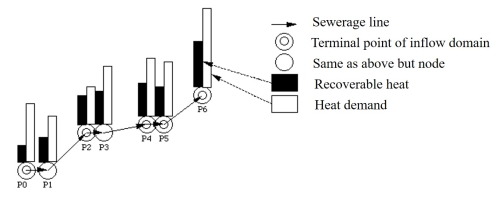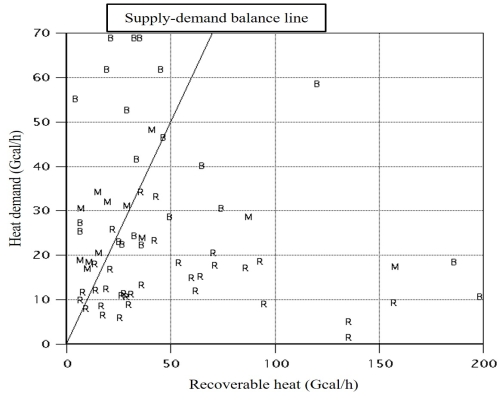Information of Paper
Autohrs:Toshiaki Ichinose, Hiromitsu Kawahara
Year:2017
Journal:Sustainable Cities and Society
Link to the paper
Abstract
In relation to established plans of district heat supply facilities that make effective reuse of heat obtained from sewage, we developed GIS software to perform analyses of the spatial congruence between heat demand and the use of waste heat in heat supply operations. Based on an analysis using this GIS, we also explored plans for determining locations of heat-recovery facilities in Tokyo. Additionally, we assessed the suitability of heat-supply operations for individual geographical areas by evaluating their heat supply/demand relationships.
In the areas with a large amount of usable heat, there are generally long sewerage lines and many possible heat recovery locations. We therefore chose indicators that represent the characteristics of the heat supply/demand relationship for each line. Taking into account the way sewerage line groups were formed, the representative indicators chosen were the values of the utilization factor and the amount of usable heat per heat pump when pumps were installed in three locations on a sewerage line. A large usable heat amount per pump is an advantage in establishing district heat supply operations. In that sense, the Shibaura treatment district is already highly suited to establishing heat supply operations.
Click the figures to widen the view






